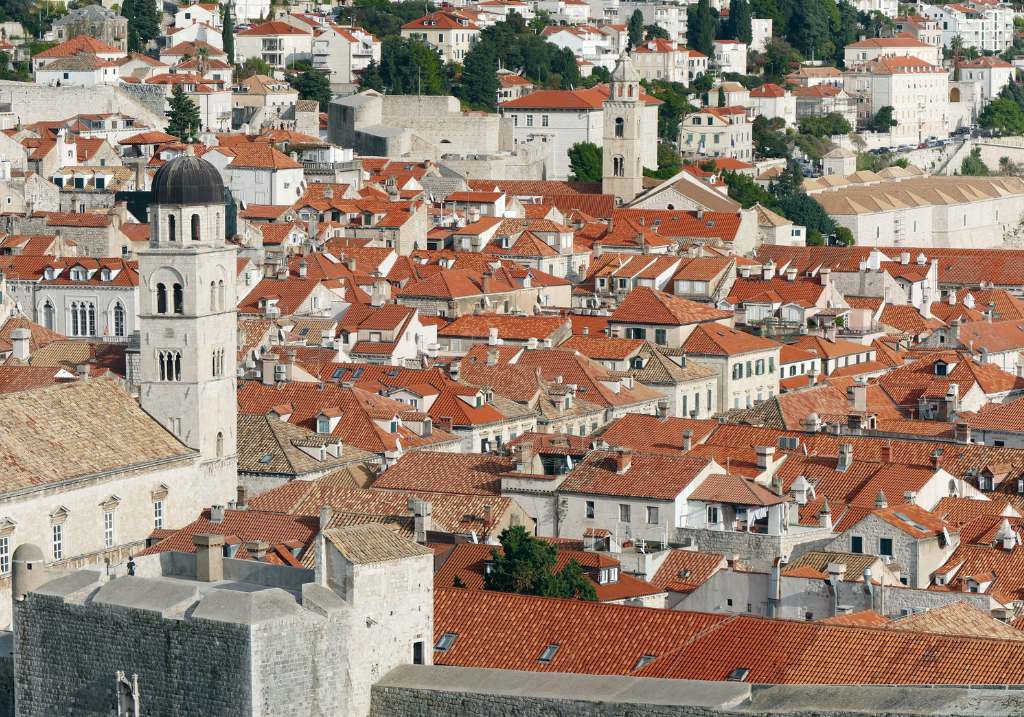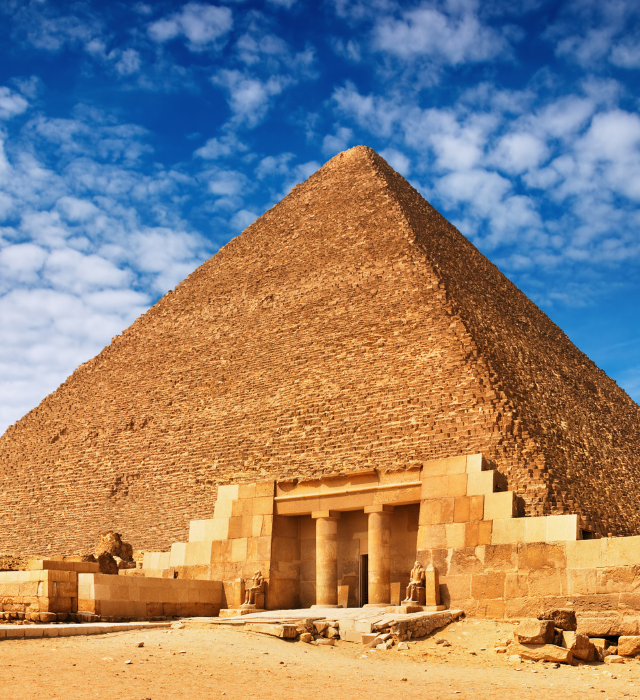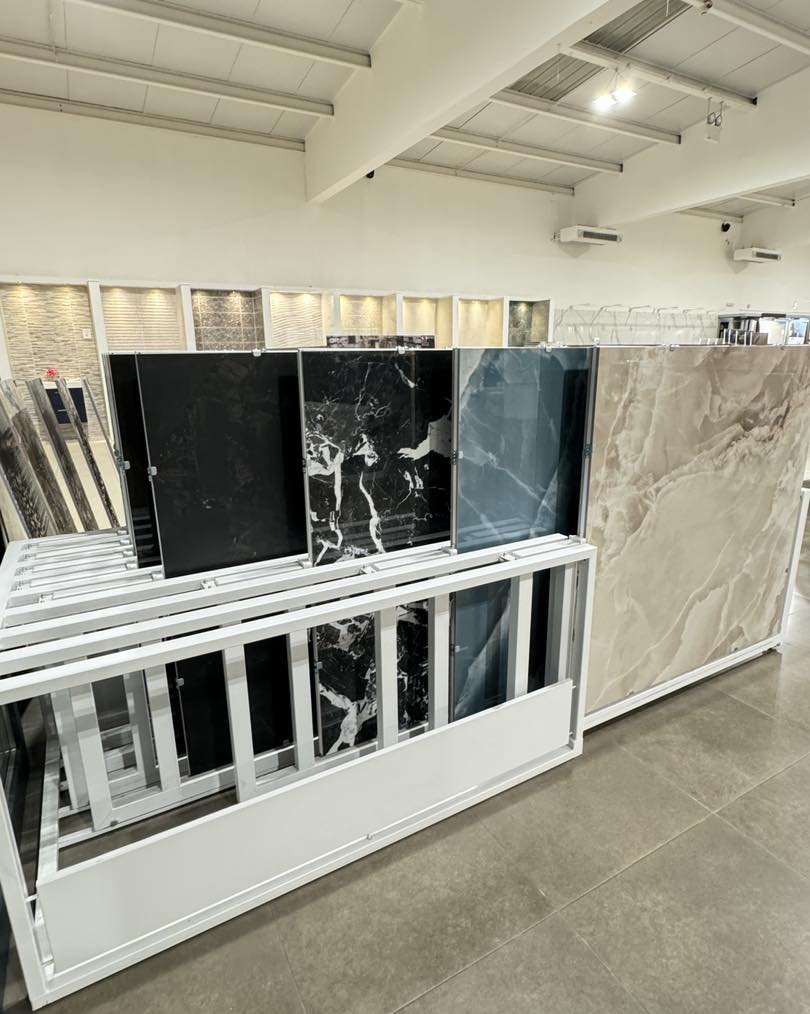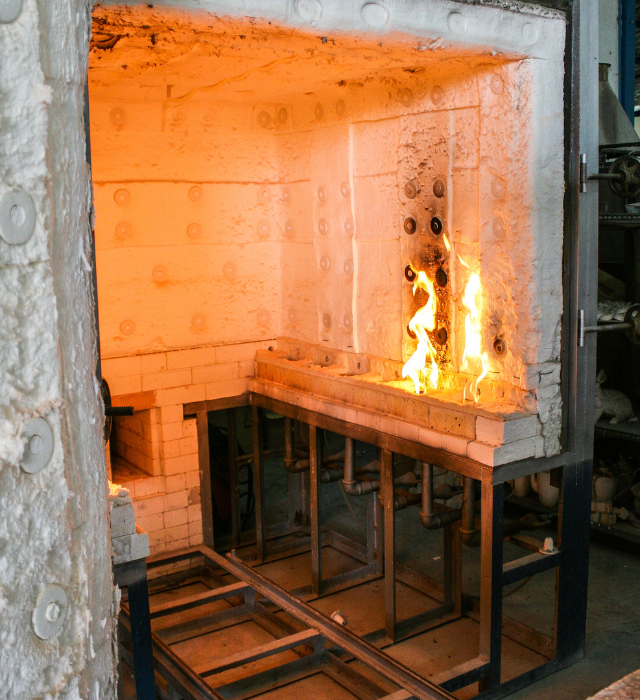You know those lovely porcelain or ceramic tiles in your kitchen and bathroom? Course you do. But do you know how they make those tiles?
No?
It’s a fascinating mix of tradition, technology, and a bit of elbow grease.
It’s a practice that goes back a long, long way!
In this blog post, we’ll delve into the tile-making process, exploring the art and science that shape the tiles adorning your home.
Whether you’re a homeowner planning a renovation or simply curious about the process, join us on this journey to discover the craft behind ceramic and porcelain tiles.
Ceramic City only buys the best quality tiles in the world and this is how they are made.

From the Ground to your Home
First off, it all starts with clay – that’s your basic building block.
Mix it with a bit of water and minerals, and you’ve got the makings of your future tiles.
Porcelain gets a bit fancier with some kaolin thrown into the mix.
There are two main methods:
- Pressing clay powder together
- Extruding wet clay
Read on to learn more.
From Earth to Tile: How do they make Tiles?
You can cast your mind back to the days of the Egyptians, Babylonians and further afield for the first tile.
The Step Pyramid in Egypt dated around 2600BC and featured colourful glazed tiles.

Nowadays they are manufactured on large industrial scale all around the world.
How Do They Make Pressed Tiles
The most common form of tiles are pressed tiles.
When it comes to making tiles like quarry tiles, using clay powder and pressing it yields a more stable product compared to other methods such as slip casting or extruding wet clay.
Innovative techniques in tile manufacturing have revolutionised the process.
Instead of using traditional metal cavity moulds, new methods involve pressing clay powder or “clay dust” on a belt in a continuous layer.
This breakthrough allows for the creation of tile slabs larger than 1.2 x 3.6 metres, or any size up to that, with a thickness ranging from 3mm to 30mm. These sleek slabs are versatile and can be used on benchtops, floors, and walls as an alternative to natural stone.

1. Sourcing Raw Materials
- Clay and Minerals: The foundation of all tiles is clay, mixed with minerals like feldspar and sometimes kaolin for porcelain tiles. These are mined, then blended to the perfect consistency for each type of tile.
2. Blending and Forming
- The clay powder for the tile body is loaded into hoppers and then fed into a hydraulic press. With each press, you can create multiple tiles, depending on their size. The pressure used ranges from 1,000 to 10,000 tonnes. Certain porcelain tiles feature a unique design where various coloured clays are incorporated into the manufacturing process, resulting in a pattern that extends throughout the entire tile. Structured surfaces can also be created during the pressing stage.
3. Drying Glazing
- Thanks to the high pressure during formation, the tile will remain intact and can be dried using a continuous drier. If the tiles are to be glazed, the glazing process takes place on a conveyor line. When it comes to unglazed porcelain tiles, they are typically sent to the kiln for firing.
- A liquid glaze is applied to the tile surface by the glazing line. There are a wide range of effects and finishes that can be achieved on a single glazing line. Typically, each kiln is supplied by multiple lines in most categories. Additional coloured glazes can be applied using printing techniques or, more commonly nowadays, digital glazing machines. The digital printer applies a range of coloured glazes, similar to an inkjet printer, to create stunningly realistic decorative effects on ceramic tiles.
4. Firing: The Transformation
- The glazed and dried tiles are placed inside a kiln that functions similarly to a large roller pizza oven.
- The tiles are placed on rotating ceramic rollers, which efficiently move them through the kiln in under an hour.
- During this process, porcelain tiles can reach scorching temperatures of over 1200 degrees Celsius, while wall tiles are fired at slightly lower temperatures ranging between 1050 and 1100 degrees.
- The kilns can reach lengths of up to 200 metres, utilising gas and burners that are designed to be energy-efficient. Numerous factories efficiently utilise waste heat from the kiln to dry tiles or generate electricity for their operations.

5. Quality Check and Packaging
- After tiles are fired in the kiln, they go through a series of advanced testing, sensing, and measuring devices to guarantee the excellence of the final products.
- They meticulously inspect every tile for any imperfections, ensuring a flawless surface.
- They pay close attention to details such as pinholes, edge chips, glaze lumps, stains, cracks, and colour consistency. Additionally, they conduct precise dimensional squareness checks.
- Laser beams are used to meticulously check the size, calibration, and straightness of the tiles, ensuring an impressive accuracy of 0.1mm. Additionally, the corners and centre of the tiles are carefully examined to ensure they are perfectly flat.
- Once the automatic systems have finished grading, the information is then transmitted to the sorting line and packaging unit. Tiles are organised based on their quality, colour, and dimensions, and are conveniently packaged in cartons with corresponding products.
- Only the best make it through to be packed and sent out to stores like Ceramic City.
6. Polishing
- Unglazed porcelain tiles have a remarkable density and can be polished using hard grinding stones. Polishing is often done in conjunction with grinding the edges of the tile to ensure a uniform size and rectify any minor fluctuations that may be present in ceramic tiles.
- Sealers are commonly used on polished porcelain tiles to close any micropores that may have been exposed during the polishing process.

Types of Tiles: Ceramic vs. Porcelain
Ceramic tiles are your versatile option, ideal for walls and light foot traffic.
They are made from different clays and minerals.
Porcelain, tougher and moisture-resistant, is perfect for floors and high-traffic areas and are made with similiar materials to ceramic but fired at a higher temperature.
Understanding these differences can help guide your choice.
We’ve covered this extensively in this blog:
Why Tile Choice Matters
Tile selection plays a crucial role in transforming the overall ambiance of your space.
In addition to their visual appeal, top-notch tiles offer exceptional durability, effortless upkeep, and lasting value for your home.
Here at Ceramic City, we have a wide range of options available to cater to all your design and practical requirements.
And for those starting renovation projects, keep in mind that Ceramic City is here to provide inspiration and help you select the ideal tiles for your home.
Discover our wide selection and let your creativity guide you towards creating your ideal living environment.
Explore the wide range of options available at Ceramic City Showrooms today.
